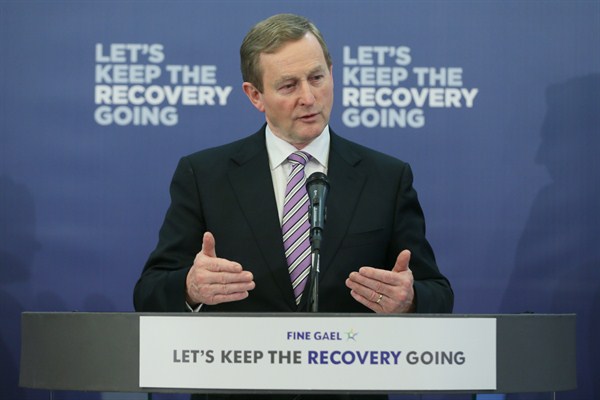Facing a March deadline for new elections, Ireland’s prime minister, Enda Kenny, leader of the center-right Fine Gael party, dissolved parliament earlier this month and called a general election for Feb. 26. Opinion polls deem it unlikely that the current government will be returned to office. But the fragmentation of Ireland’s post-recovery political landscape, in particular the working-class vote, and the losses likely to be sustained by the left-wing Labour Party, which is in a coalition with Fine Gael, make it difficult to predict the complexion of the government that will emerge from Friday’s general election.
Five years ago, in the midst of Ireland’s deepest economic crisis since independence, the government dominated by the centrist Fianna Fail party, a mainstay in Irish politics, was swept from office. Fianna Fail had been out of power for only a few brief interludes since the 1930s.
For the first time, its main rival, Fine Gael, became the largest party in parliament. Fianna Fail fell into third place behind the Labour Party, while a newly sanitized Sinn Fein, beneficiary of the Northern Ireland peace process, snapped at its heels. The first election since Ireland’s economic collapse during the European debt crisis also brought into parliament for the first time a large number of mainly left-wing independents and smaller political groupings.

